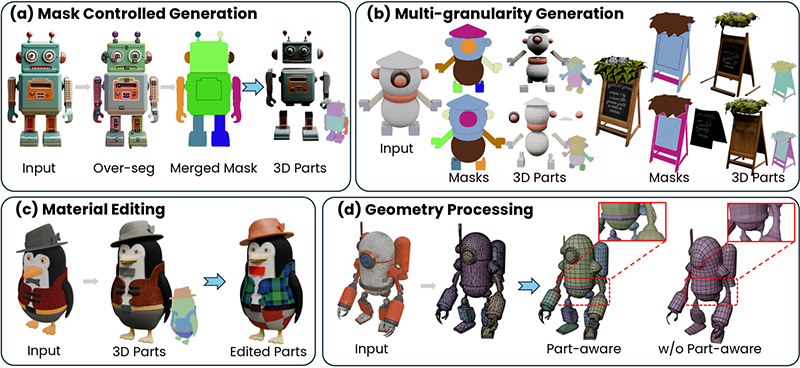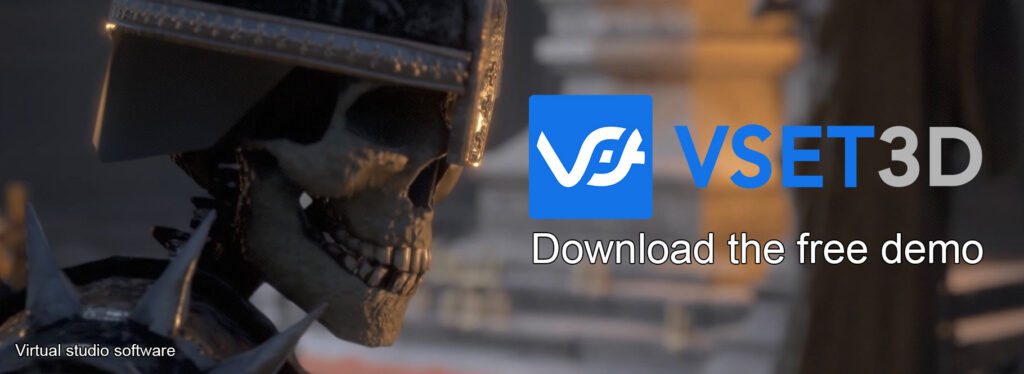Your cart is currently empty!
OmniPart : Part-Aware 3D Generation with Semantic Decoupling and Structural Cohesion

OmniPart
In this review, we will delve into the intricacies of a cutting-edge research paper titled “OmniPart: Part-Aware 3D Generation with Semantic Decoupling and Structural Cohesion.” This work presents an innovative approach to generating high-quality, part-aware 3D models from a single image, leveraging semantic decoupling and structural cohesion for improved performance.
Semantic Decoupling
The core idea behind semantic decoupling lies in separating the generation of parts from the arrangement of these parts into a coherent 3D model. This approach enables the model to generate parts that are more faithful to the input image, as well as facilitating better control over the final output by allowing users to specify which parts should be generated.

Structural Cohesion
Structural cohesion is introduced to ensure that the generated parts are properly arranged to form a coherent 3D model. This is achieved by utilizing an objective function that encourages parts with similar semantic meaning to be placed in proximity to each other. Additionally, the structural cohesion mechanism takes into account the spatial relationships between parts based on their adjacency and overlapping regions.

Pros and Contours
- The part-aware generation and semantic decoupling mechanisms enable the model to produce high-quality 3D models that are more faithful to the input image.
- The structural cohesion mechanism ensures that generated parts are properly arranged, leading to improved coherence in the final output.
- The single-image input requirement makes OmniPart more accessible and practical for a wide range of users and applications.

- Due to its focus on part-aware generation, OmniPart may struggle with objects that do not have distinct parts or where the distinction between parts is ambiguous in the input image.
- The computational cost associated with the structural cohesion objective function may limit the model’s applicability for real-time applications or when working with large datasets.
- While the semantic decoupling mechanism provides greater control over the final output, it may require users to have a good understanding of the objects they are attempting to generate in order to effectively specify which parts should be generated.
In conclusion, OmniPart presents an innovative approach to generating high-quality, part-aware 3D models from a single image, leveraging semantic decoupling and structural cohesion for improved performance. The model’s ability to generate individual parts with greater accuracy and arrange them into coherent 3D models makes it a valuable tool for various applications in computer graphics and machine learning. However, users should be aware of the potential limitations related to ambiguous object structures, computational cost, and the need for understanding object composition when using the semantic decoupling mechanism.
Vset3D
Vset3D is a real-time 3D virtual set . With just a video camera, a computer, a green screen and Vset3D, you can create your own real-time 3D virtual sequences with no rendering time.







